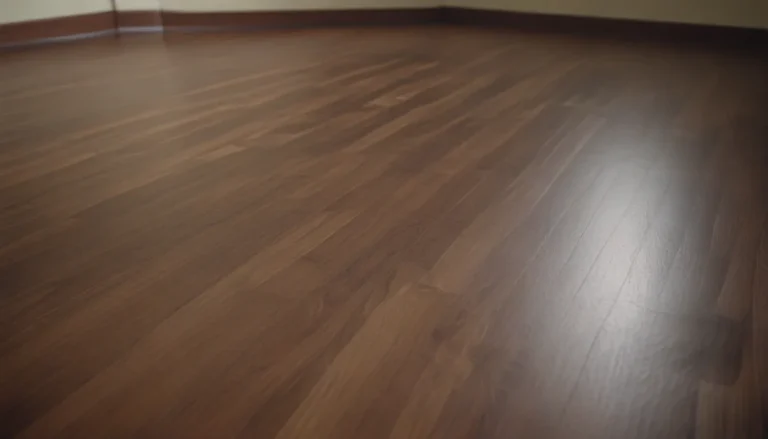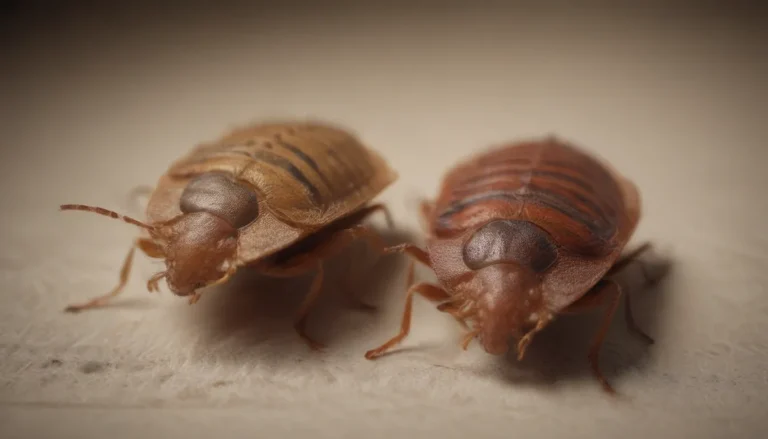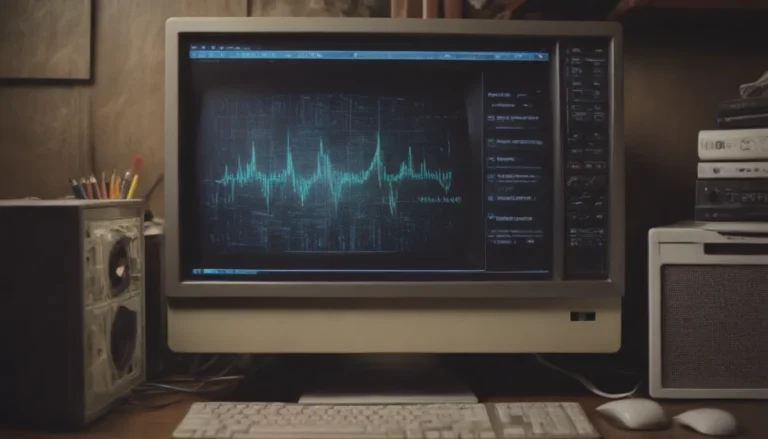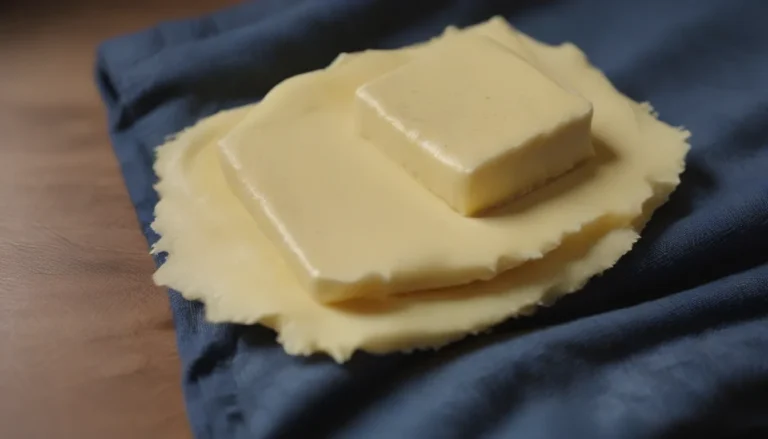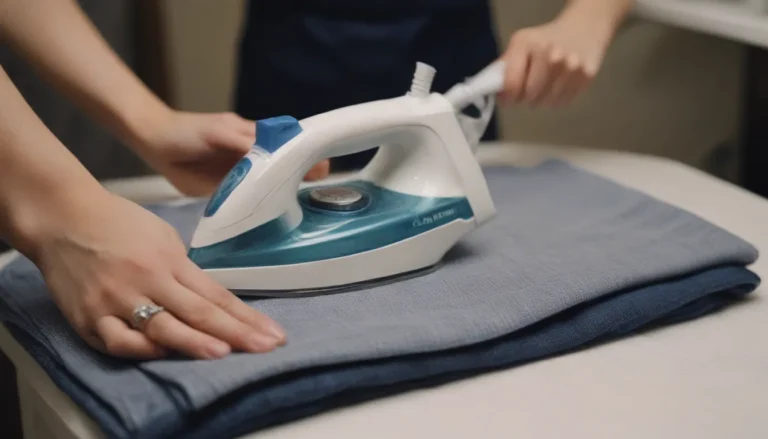Ultimate Guide to Refrigerator Repair: Solving Common Problems Like a Pro
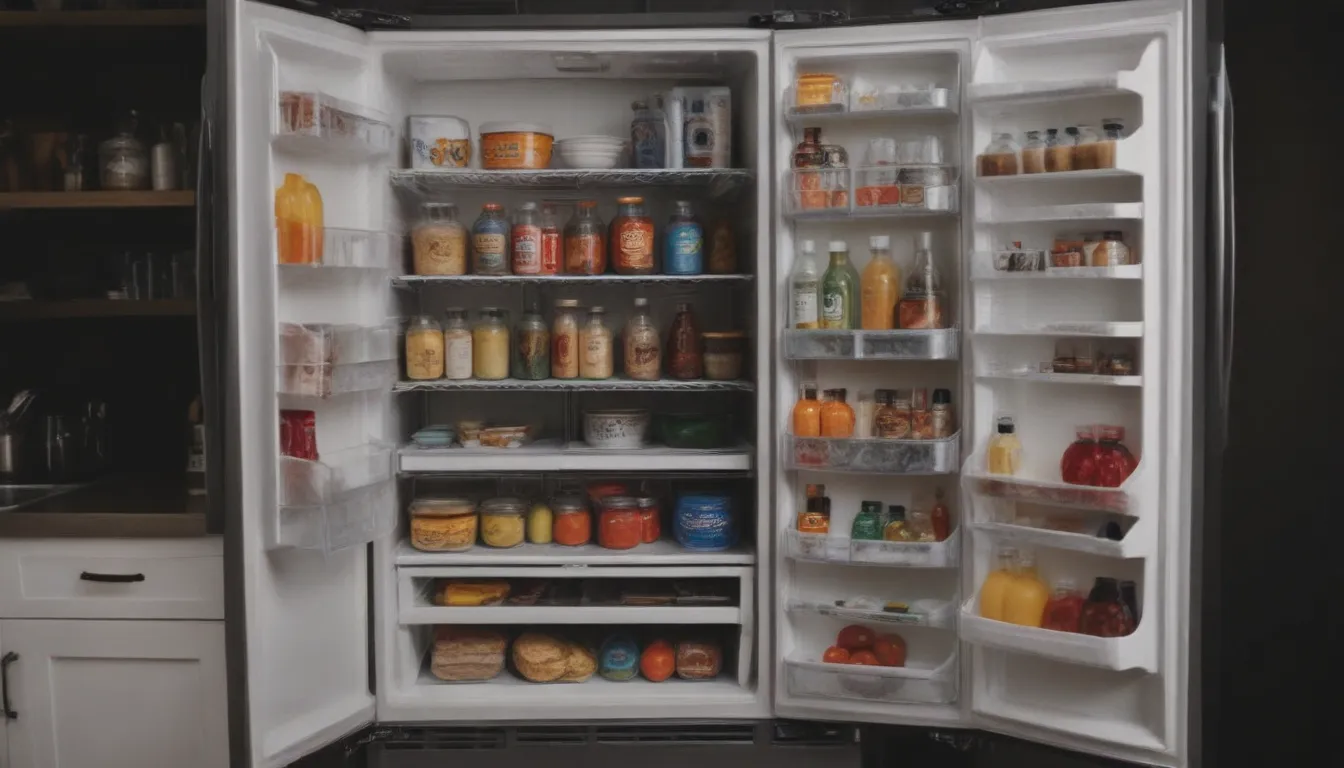
Welcome to your ultimate guide to refrigerator repair! Your refrigerator is an essential appliance in your home, working tirelessly to keep your food fresh and cold. When issues arise with your fridge, it can be costly to hire a repair service, with costs ranging from $200 to $330 according to HomeAdvisor. However, fear not! Many common refrigerator problems can be easily fixed by you, saving you money and time.
In this comprehensive guide, we will walk you through the most common refrigerator issues, how to diagnose them, and simple steps to fix them. From leaks to loud noises, cooling problems, and malfunctioning ice makers, we’ve got you covered with easy solutions. With just a few simple tools like a manual screwdriver and a cordless drill, along with some inexpensive parts, you can tackle these problems like a pro.
Problem: Refrigerator Is Leaking
Is there water pooling on your kitchen floor or accumulating at the bottom of your fridge? Leaky refrigerators are a common issue, but fear not – there are simple fixes to the problem.
Repair: Clean or Replace Refrigerator Door Gaskets
The soft rubber-like door gaskets may leak water if they are not sealing properly. Cleaning or replacing them can solve the issue.
Repair: Defrost or Unblock Refrigerator Drain
Check if the defrost drain leading out of the freezer is clogged and clear any blockages to allow proper drainage.
Repair: Clear Out or Clean Refrigerator Drain Pan
If the drain pan at the bottom of the fridge is full of water or moldy, clean it with a mild bleach solution to prevent leaks.
Problem: Refrigerator Is Too Loud
While some noises from your fridge are normal, buzzing, humming, or vibrating noises may indicate a problem. Here’s how to address them:
Repair: Level Refrigerator
Adjust the leveling legs of your fridge to ensure it is balanced, especially if your floors are uneven.
Repair: Place Refrigerator on Soundproofing Mat
Reduce vibrations and noise by placing dense foam mats under the refrigerator, especially if you live in a shared building.
Repair: Adjust Refrigerator’s Icemaker
If your fridge emits a buzzing sound frequently, check the icemaker for water supply issues that may be causing the noise.
Repair: Replace Refrigerator Evaporator Fan Grommets
If the fan inside your freezer is rattling, worn or broken grommets may be the culprit. Replace them easily with inexpensive parts.
Problem: Refrigerator or Freezer Are Not Cold Enough
Are you noticing that your fridge isn’t as cold as it should be, leading to spoiling food faster? Here are steps to address this:
Repair: Adjust Refrigerator Temperature Settings
Ensure the temperature settings are correct and adjust them if needed to maintain the ideal cooling temperature in your fridge.
Repair: Inspect Refrigerator Door Gaskets
Check the door gaskets for any leaks or gaps that may be impacting the fridge’s ability to retain cold air.
Repair: Check Refrigerator Box for Blockage
Remove any tall items blocking the airflow inside the fridge or freezer to allow for proper cooling circulation.
Repair: Clean Refrigerator Condenser Coils
Regularly clean the condenser coils to ensure optimal cooling performance, especially in homes with pets or high traffic.
Repair: Add More Items to Refrigerator
A fridge that is too empty may not cool efficiently. Fill it with items to help regulate the temperature and maintain cold air circulation.
Problem: Refrigerator Is Too Cold or Freezes Over
While a cold fridge is crucial, excessive coldness can lead to issues like freezing. Here’s how to address this problem:
Repair: Check Refrigerator Damper
Ensure the damper is functioning correctly to regulate airflow between the cooling and freezing compartments appropriately.
Repair: Replace Refrigerator Thermostat
If readjusting the thermostat doesn’t solve the issue, consider replacing it with a compatible thermostat for optimal temperature control.
Problem: Ice Maker Isn’t Working
A malfunctioning ice maker can be frustrating, but often simple fixes can solve the problem. Here’s how to troubleshoot:
Repair: Remove Saddle Valve Clogs
If the saddle valve is clogged, it can impact the ice maker’s function. Replace the valve or consult a plumber for assistance.
Repair: Defrost Water Supply Line
Check for frozen water in the supply line and defrost it to restore water flow for the ice maker.
Repair: Clean Mineral Deposits
Mineral buildup can affect the ice maker’s efficiency. Clean any mineral deposits to ensure proper ice production.
Repair: Replace Inlet Valve
If the water inlet valve is faulty, consider replacing it to restore water supply for ice making.
Problem: Refrigerator Is Leaking
Water leaks in refrigerators can be caused by various factors. Here’s how to address this issue:
Repair: Check the Water Supply Lines
Inspect the water supply lines for leaks or blockages, and ensure they are connected securely to prevent leaks.
Repair: Level the Appliance
If water is pooling at the bottom of the fridge due to uneven leveling, adjust the feet of the fridge to ensure proper balance.
Problem: Refrigerator or Freezer Isn’t Cold Enough
If your fridge or freezer isn’t cooling as it should, check these simple solutions before seeking further repairs:
Repair: Clean the Fan
Dust or debris blocking the condenser fan can impact cooling. Clean the fan to allow for proper airflow and cooling efficiency.
In many cases, simple repairs or part replacements can solve common refrigerator problems. However, if the repair costs exceed the value of your appliance, it may be time to consider purchasing a new fridge. Remember to prioritize regular maintenance, such as cleaning condenser coils and checking door gaskets, to prevent future issues.
By following these simple steps and troubleshooting tips, you can keep your refrigerator running smoothly and efficiently. Don’t let common problems derail your fridge – tackle them head-on with these easy solutions! Happy repairing!
